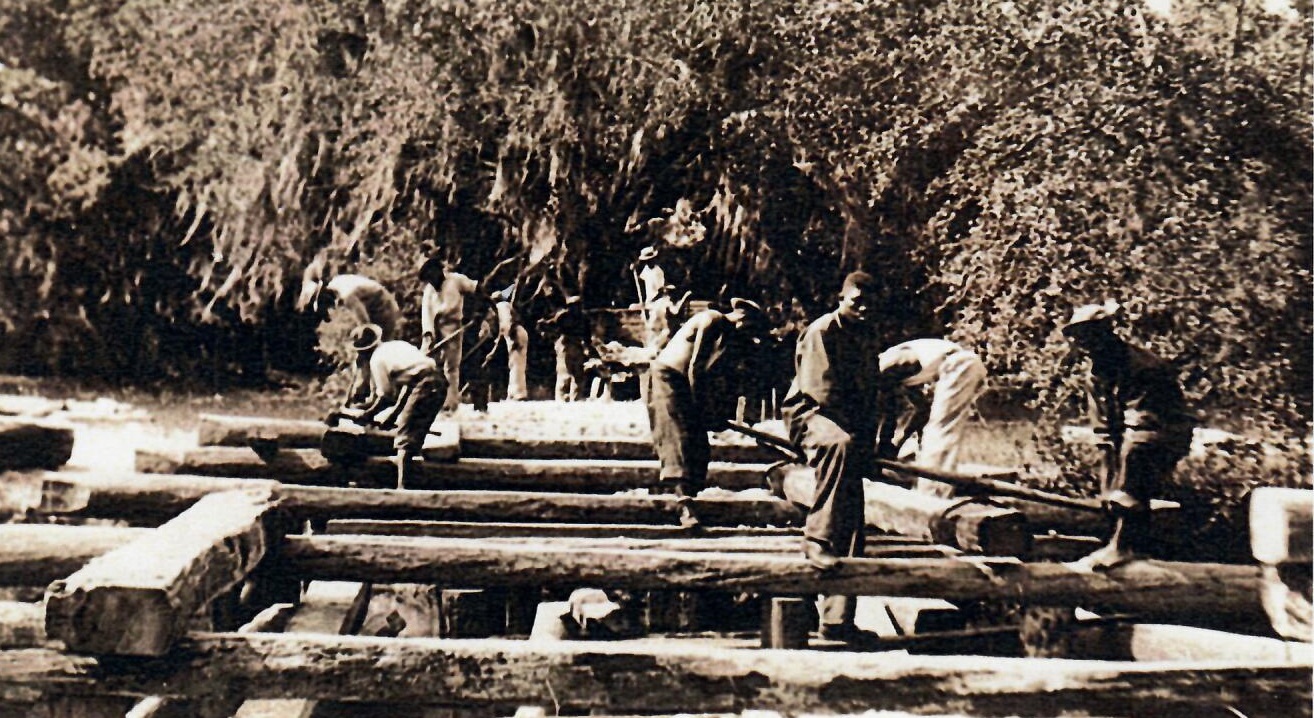In 1933, President Franklin D. Roosevelt founded the Civilian Conservation Corps (CCC) by passing the Emergency Conservation Work Act, which employed tens of thousands of workers throughout its existence. It aimed to get young people and those experiencing unemployment to work during the Great Depression by creating parks, replanting trees, repairing broken railroads and bridges, and mitigating environmental concerns. The program originally had strong pushback from labor leaders who worried that a high salary of $30 a month ($718 in 2023 dollars) would make it harder for businesses to hire workers.
Throughout the 1930s, the Florida CCC planted millions of trees, built numerous state parks, and restored Henry Flagler’s railroads and bridges after significant hurricane damage — all of these improvements were key to bringing new visitors and residents to Florida over the years.
While the CCC was an admirable program, Florida’s administration of it reflected the ongoing inequities that were so prevalent in the South. A Black Floridian who worked in a CCC forestry camp described the program as “a mix of racism and opportunity.” Among Florida’s CCC camps, segregation was widespread. In Florida, Black men who enrolled in the CCC faced racism and backlash in their surrounding communities, with numerous parts of Florida disallowing Black CCC camps entirely.
Black Floridians helped develop many of Florida’s state parks, but this was often not advertised to tourists who began visiting the state in droves. Even at camps where workers were exclusively Black, the camp supervisors remained white and had much better accommodations than their direct reports (including private restrooms, officer quarters, and places to bathe). Black Floridians, in contrast, slept in tents and contended with Florida’s mosquitoes, snakes, and other outdoor elements throughout their enrollment. Furthermore, compared to white enrollees, Black Floridians were forced to take on the lion’s share of menial and strenuous work. The president of the American Federation of Labor (now the AFL-CIO) directed the CCC program nationally and justified the racial hierarchy as the only way to get communities to accept Black companies.
White Floridians and state leaders, including Governor Fred Cone, repeatedly disparaged the presence of Black Floridians in the CCC. Yet, the tourism and economic boom the new parks, roads, and railroads brought to the Sunshine State silenced most. There are numerous other examples of how racism was baked into the CCC, nationally and in Florida. Overall, despite the challenges and oppression they faced (and the lack of credit they received for decades), Black Floridians were instrumental in making Florida the beautiful tourist destination that it remains to this day.
